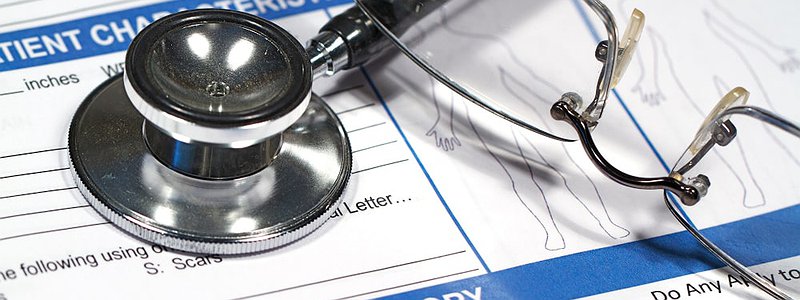Pre-existing conditions can complicate personal injury claims , but they don’t necessarily prevent you from receiving compensation. Steven Polak, a personal injury lawyer at Law123.ca, has helped many clients navigate this challenge, ensuring they get fair compensation even when pre-existing conditions are involved.
1. What Are Pre-Existing Conditions?
A pre-existing condition is any injury, illness, or medical condition that you had before the accident. Common examples include back pain, arthritis, or previous fractures. Insurance companies often try to use these conditions to argue that your current injuries aren’t related to the accident, aiming to reduce or deny your claim.
Example:
Imagine you have a history of neck pain from an old car accident. If you’re injured in a new accident , the insurance company might argue that your current neck pain isn’t their responsibility but a result of the previous injury.
2. The “Eggshell Skull” Principle
The “eggshell skull” rule is a legal principle that protects individuals with pre-existing conditions. It means that the defendant must take the victim as they find them. In simpler terms, even if you’re more susceptible to injury due to a pre-existing condition, the responsible party can still be held liable for the harm caused by the accident.
Example:
If you had a pre-existing back condition that was relatively mild but the accident worsened it significantly, the at-fault party could still be responsible for the full extent of your injury, even if a healthier person might not have been as severely affected.
3. The Importance of Medical Evidence
When dealing with pre-existing conditions, detailed medical records are crucial. They help establish the state of your condition before the accident and prove how the accident worsened your injuries. This documentation can include doctor’s notes, diagnostic tests, and treatment plans.
Example:
Sarah had arthritis in her knee before slipping on a wet floor at a store. After the fall, her pain intensified, and she required surgery. By providing medical records showing the increased severity of her condition, Sarah was able to demonstrate that the accident had worsened her injury, making her eligible for compensation.
4. How Insurance Companies Handle Pre-Existing Conditions
Insurance adjusters often attempt to minimize payouts by claiming that your injuries are unrelated to the accident. They might argue that your pain and suffering stem from your pre-existing condition rather than the recent incident. This tactic is designed to reduce the settlement amount.
Example:
Tom had a history of lower back pain but was functioning normally until he was rear-ended in a car accident. The insurance company tried to deny his claim, citing his pre-existing condition. With the help of Steven Polak, Tom provided evidence that the accident aggravated his injury, leading to a fair settlement.
5. The Role of Causation in Your Claim
Establishing causation means proving that the accident directly worsened your pre-existing condition. Your lawyer will work with medical experts to demonstrate how the accident caused a new injury or aggravated your existing condition, ensuring you receive compensation for your additional pain and suffering.
Example:
Consider Jack, who had mild scoliosis. After being hit by a car, his pain intensified, limiting his mobility. By working with a personal injury lawyer, Jack was able to prove that the accident caused a significant aggravation of his scoliosis, resulting in a larger settlement.
6. Apportionment of Damages in Cases with Pre-Existing Conditions
In some cases, damages might be apportioned, meaning the compensation is divided based on how much of your current suffering is due to the accident versus your pre-existing condition. A skilled lawyer can argue to ensure that the bulk of your suffering is attributed to the accident, maximizing your compensation.
Example:
Lisa had a shoulder injury from playing sports years ago but managed it well. After a car accident, her pain became debilitating. The insurance company tried to apportion most of the blame on her old injury, but Steven Polak successfully argued that the accident was the primary cause of her current pain, ensuring she received a fair settlement.
7. How a Personal Injury Lawyer Can Help with Pre-Existing Conditions
Steven Polak can play a crucial role in handling claims involving pre-existing conditions by:
- Gathering Medical Evidence: He will collect comprehensive medical records to show how the accident worsened your condition.
- Working with Medical Experts: Steven collaborates with specialists who can provide expert testimony, linking your injuries to the accident.
- Negotiating with Insurance Companies: Steven is experienced in countering insurance tactics designed to downplay the impact of your injuries.
Having a pre-existing condition doesn’t mean you’re not entitled to compensation. By working with an experienced personal injury lawyer like Steven Polak, you can navigate the complexities of your claim and ensure that your case is presented effectively.
If you’ve been injured and are concerned about how a pre-existing condition might affect your claim, contact Steven Polak at Law123.ca for a free consultation. He’ll help you understand your rights and fight for the compensation you deserve.

